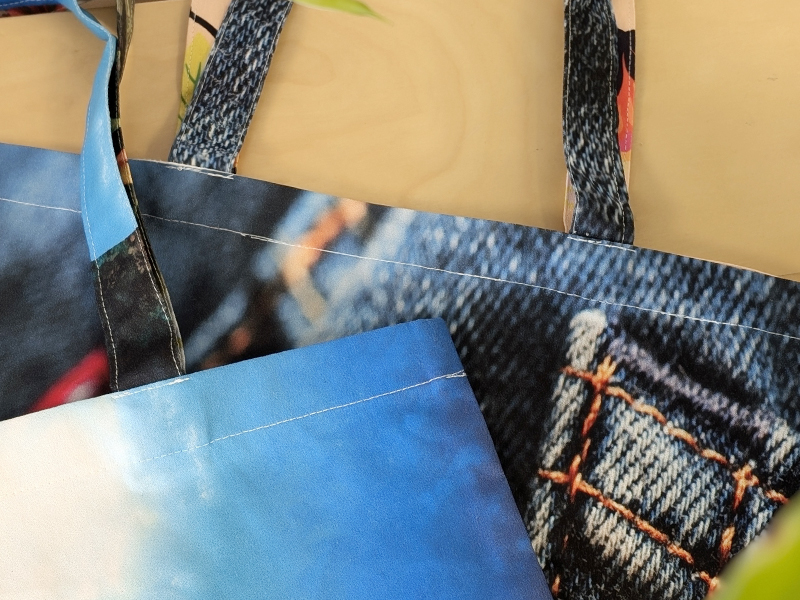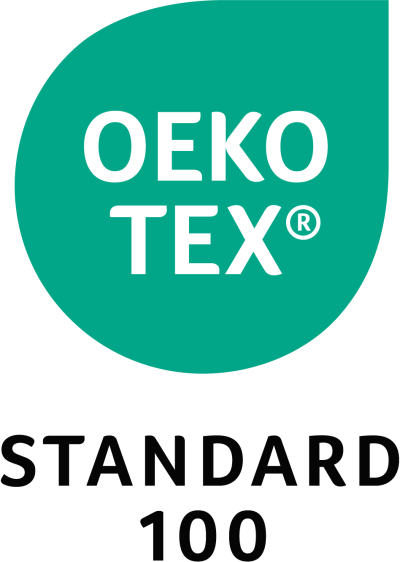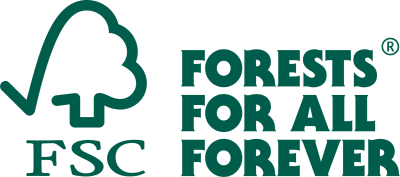Custom Promotional Bags
Crazy Bags are the UK’s leading trade supplier of branded promotional & retail bags. Check out our range of options and request a quote today.
Cotton & Canvas
More...
Guides to support you and your clients
Browse our selection of guides to support you and your clients with your order of promotional bags.
We’re a bag supplier that you can trust
Here at Crazy Bags, we’re the leading supplier of stock and bespoke printed bags to the trade.









